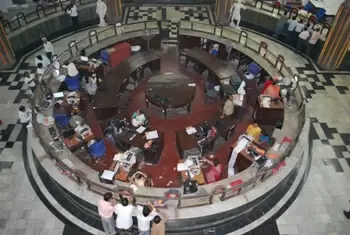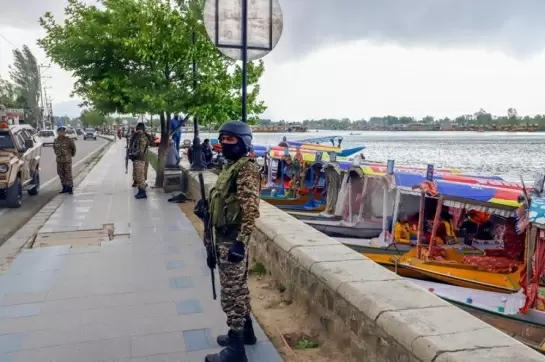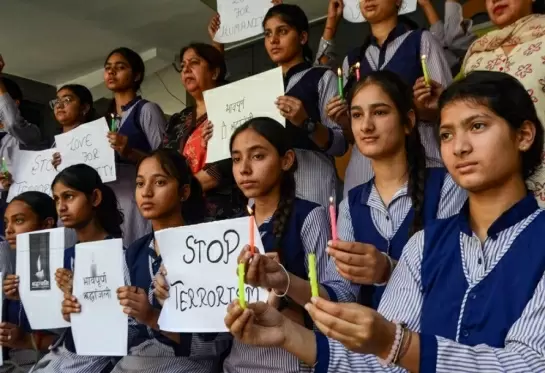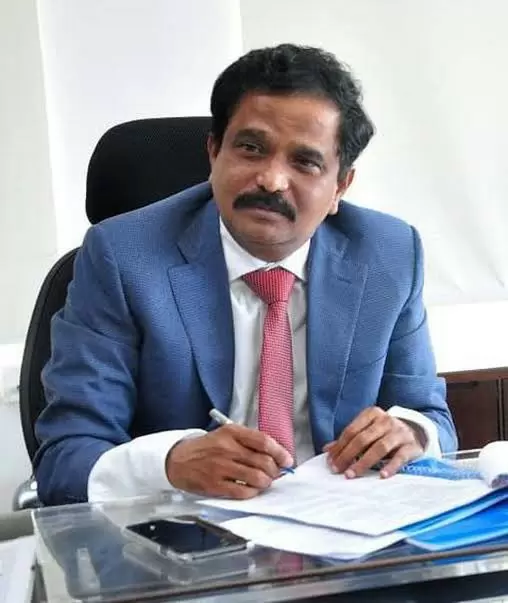India’s largest post office building turns 100 symbolising the nation’s growth

19-April-2013
Vol 4 | Issue 16
Having witnessed some of the most remarkable developments in communications during its long history, Mumbai's imposing General Post Office (GPO) building - arguably the country's largest post office - completed its 100 years.
The GPO building's past is synonymous with the growth and development of efficient means of communications in the country's commercial capital and the rest of India.
.webp) |
|
Mumbai's iconic GPO completed its 100th year (Photos: IANS)
|
The GPO, modelled on the famous Gol Gumbaz of Bijapur in Karnataka, was designed by British architect John Begg in 1902.
Spread across 11,000 sq metres, construction of the iconic building started in September 1904 and was completed after nine years at a cost of Rs.18.09 million.
It is among the few structures built in Mumbai with black Kurla basalt stone with a dressing of Malad yellow and white Dhrangdra stones.
The GPO moved into the new building April 12, 1913. With the introduction of the Postal Index Number (PIN) system in the early 1970s, it got the number 400001.
"As the chief post office, we handle huge volumes of mail for over 50,000 address sites and pass them onto 12,854 other post offices in the circle, manned by over 50,000 staffers, including more than 5,000 women," said Col. K.C. Mishra, chief postmaster general, Maharashtra and Goa Circle.
He said that due to its location in the vicinity of the Chhatrapati Shivaji Terminus (formerly Victoria Terminus), it was ideal to dispatch and receive mail to and from the rest of the country.
Regarded as a "crowning glory" heritage building, the GPO was built in the Indo-Saracenic style with a solid exterior and well-ventilated and comfortable interiors.
"As you enter the GPO building, there is a massive business hall with 101 counters which work 16 hours, serving around 40,000 customers daily. Many of the counters are now computerised," said N. Vinod Kumar, director of postal services, Maharashtra and Goa Circle.
The central hall rises to a height of 120 feet to the great dome on the structure. The dome has a diameter of 65 feet and is the biggest in Mumbai. Turrets and minarets at regular intervals exhibit influences of Mughal architecture.
The GPO was established in 1794 by the then postmaster general of Mumbai Presidency, Charles Elphinstone, after whom a suburban railway station exists in the city till date.
Until then, Mumbai was served by an agency post office of the British East India Company, though it had issued instructions in August 1688 to open discreet, leased post offices in Mumbai, Surat and other places.
But the British East India Company faced tough times serving remote regions of the country under its occupation and it was the then military officer and strategist Lord Robert Clive who took the initiative in 1766.
The first regular post office came nearly eight years later when the Calcutta GPO was established under Sir Warren Hastings, who, along with Lord Robert Clive, had laid the strong foundations of the British rule in India.
 |
|
Interior view of the GPO
|
In 1775, a surface route between Madras-Bombay was established, but the Mumbai GPO came up only in 1794.
Col. Mishra said the centenary would be marked with a series of functions including release of a commemorative postage stamp on "100 Years of Heritage Buildings" by P. Gopinath, secretary, posts and chairperson of Postal Services Board.
Another landmark offering would be the inauguration of Maharashtra's first all-women's post office in the Central Town Hall, barely a km away from Mumbai GPO, probably the country's second such post office after the one opened in New Delhi on March.
"The Mumbai GPO offers a bouquet of traditional and modern services, a one-stop shop, like a 'Post Mall' for all postal services," said an official spokesperson.
Soon, it will also offer core banking services with modern ATMs and is due to be awarded an ISO Certification by the Bureau of Indian Standards, he added. - IANS














